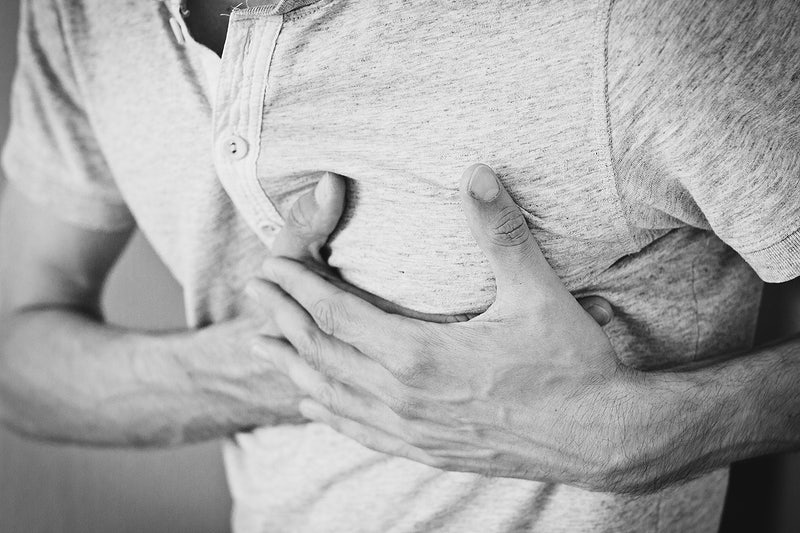Understanding Cardiogenic shock, a life-threatening medical emergency, occurs when the heart weakens and can’t pump enough blood to meet the body’s demands. This inadequate blood flow deprives organs of vital oxygen and nutrients, leading to rapid deterioration. Early recognition and treatment are crucial for improving the chances of survival.
Contents
What Causes Cardiogenic Shock?

- Heart Attack: A severe heart attack, where a significant portion of the heart muscle dies due to blocked blood flow, is the most common cause of cardiogenic shock.
- Weakened Heart Muscle: Other conditions that weaken the heart muscle, such as cardiomyopathy, can also lead to cardiogenic shock.
- Heart Valve Problems: Abnormal heart valves that disrupt blood flow can contribute to shock.
- Arrhythmias: Severe heart rhythm disturbances that affect the heart’s pumping ability can trigger shock.
Recognizing the Signs and Symptoms of Cardiogenic Shock:
Prompt recognition of cardiogenic shock is essential for initiating life-saving treatment. Here are some key warning signs:
- Sudden, severe shortness of breath: The body struggles to get enough oxygen due to reduced blood flow.
- Rapid, weak pulse: The heart tries to compensate for decreased pumping ability by beating faster, but the pulse may feel weak.
- Fatigue and weakness: Reduced blood flow to muscles leads to fatigue and a general feeling of weakness.
- Confusion or anxiety: As the brain becomes deprived of oxygen, confusion, anxiety, or restlessness may develop.
- Chest pain or discomfort: Chest pain, tightness, or discomfort may be present, though not always.
- Pale or sweaty skin: Reduced blood flow can cause pale, clammy skin due to compromised circulation.
- Decreased urine output: Reduced blood flow to the kidneys can lead to decreased urine output.
Seeking Immediate Medical Attention:
Cardiogenic shock requires immediate medical attention in a hospital setting. If you suspect someone is experiencing symptoms of cardiogenic shock, call emergency services immediately. Early diagnosis and treatment can improve the chances of survival and minimize potential complications.
Treatment Options for Cardiogenic Shock:
Treatment for cardiogenic shock focuses on restoring adequate blood flow and supporting organ function. Here are some potential treatment approaches:
- Medications: Medications may be administered to improve heart function, blood pressure, and blood flow.
- Oxygen Therapy: Supplemental oxygen is provided to increase oxygen availability to organs.
- Mechanical Support Devices: In severe cases, mechanical pumps or balloons may be used to assist the heart with pumping blood.
- Coronary Angioplasty or Bypass Surgery: If a blocked artery is causing the heart attack, procedures to open the blockage may be necessary.
Preventing Cardiogenic Shock:
While not always preventable, certain measures can help reduce the risk of cardiogenic shock:
- Maintain a Healthy Lifestyle: Eating a healthy diet, exercising regularly, and managing stress all contribute to heart health.
- Manage Chronic Conditions: Effectively managing conditions like high blood pressure, diabetes, and high cholesterol can help prevent heart complications.
- Regular Doctor Visits: Schedule regular checkups with your doctor to monitor your heart health and address any concerns early on.
By understanding the risk factors, symptoms, and treatment options for cardiogenic shock, you can be empowered to take steps to protect your heart health and seek prompt medical attention if necessary. Remember, early intervention is critical in this life-threatening condition.

Pingback: Understanding Hypovolemic Shock - HK Technical PGIMS
Pingback: Understanding obstruction shock - HK Technical PGIMS
Pingback: Understanding Distributive Shock - HK Technical PGIMS